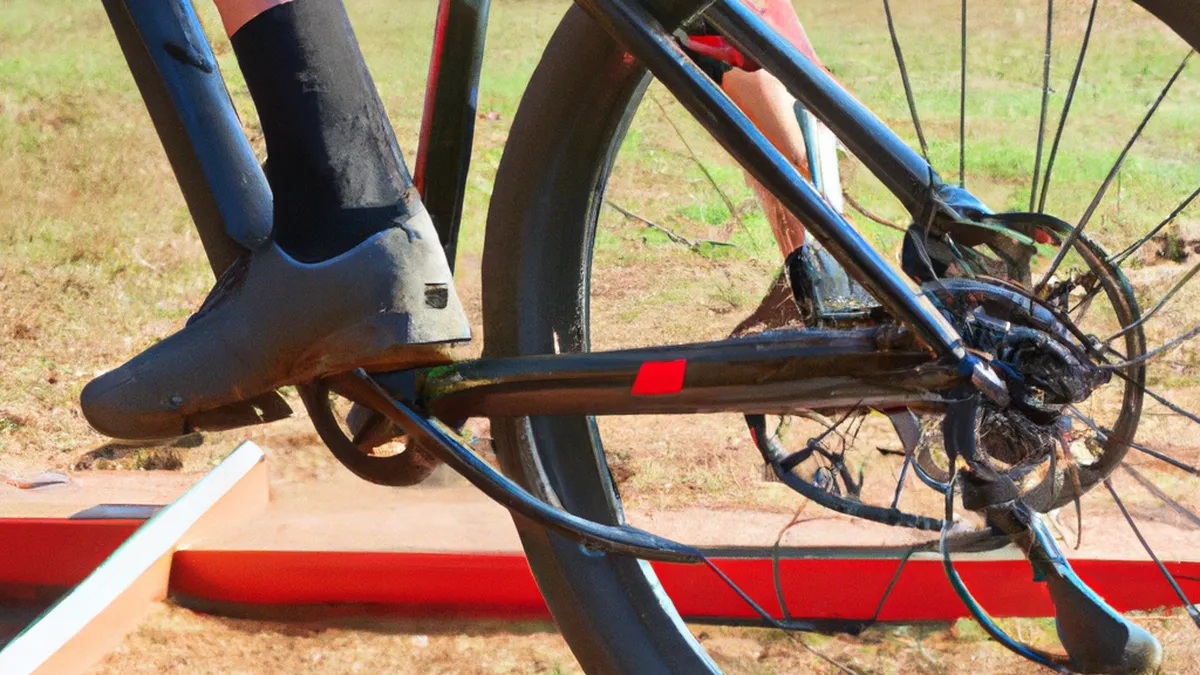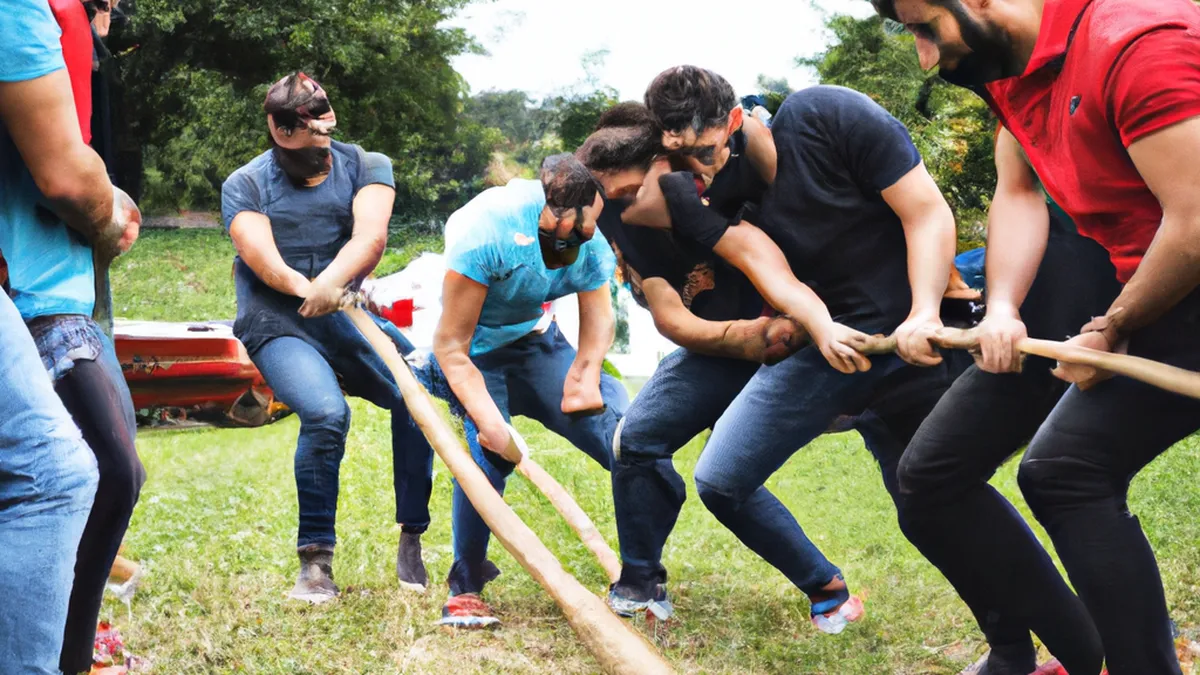Sprints vs Distance: Injury Prevention Tips
Injury Prevention and Rehab: A Comprehensive GuideInjuries disrupt daily life and hinder physical activities. They can occur unexpectedly during routine tasks or sports. However, we can reduce injury risk and promote effective rehabilitation with the right strategies. This guide offers practical tips for injury prevention and rehabilitation, empowering individuals to stay active and healthy.
As an Amazon Associate I earn from qualifying purchases.
Gear tip: consider stretching strap, yoga blocks, and mobility sliders to support this topic.
Understanding Injury Prevention
Injury prevention aims to avoid injuries before they occur. It requires awareness, education, and understanding your body’s limits. Being proactive helps maintain an active lifestyle and avoids setbacks.
Warm-Up and Cool Down
Incorporate warm-up and cool-down routines into your exercise regimen. Warming up prepares muscles and joints by increasing blood flow and enhancing flexibility. A proper warm-up includes dynamic stretches, light aerobic exercises, and joint mobility drills. For example, if you plan to run, start with brisk walking or light jogging, followed by leg swings and arm circles. Cooling down after exercise aids recovery by gradually lowering your heart rate. It promotes relaxation and reduces muscle soreness and stiffness. Incorporate static stretching into your cool-down routine, focusing on major muscle groups engaged during your workout.
Strength and Conditioning
Strength training plays a key role in injury prevention. Building muscle strength stabilizes joints and supports your body during physical activities. Strong muscles absorb impact and reduce injury risk from overuse or sudden movements.Incorporate squats, lunges, deadlifts, and resistance training into your routine to enhance strength. Aim for a balanced approach, targeting major muscle groups while ensuring proper form. Include both upper and lower body exercises for overall stability and functional movement.
Proper Technique and Equipment
Using correct technique during exercise is vital for injury prevention. Poor form can lead to injuries, from strains to sprains. If unsure about your technique, seek guidance from a coach or experienced workout partner. They can provide valuable feedback on correct movements.Invest in appropriate equipment tailored to your activity. Quality shoes provide necessary support and cushioning, reducing injury risk during high-impact activities. Protective gear, such as knee pads or helmets, minimizes trauma risk in certain sports.
Effective Rehabilitation Strategies
Rehabilitation is crucial after an injury. It helps restore strength, flexibility, and function to the affected area. A structured rehab program expedites recovery and prevents future injuries.
Follow a Professional Plan
Consult a healthcare professional for personalized rehabilitation strategies. They can create a tailored plan based on your specific needs.
Conclusion
In summary, effective injury prevention and rehabilitation strategies can help maintain an active, healthy lifestyle.
Below are related products based on this post:
FAQ
What is injury prevention?
Injury prevention aims to avoid injuries before they occur by promoting awareness and understanding of one’s body limits. Being proactive in this area helps individuals maintain an active lifestyle and avoid setbacks related to injuries.
How can warm-up and cool-down routines benefit my exercise regimen?
Incorporating warm-up and cool-down routines prepares muscles and joints for activity and aids recovery afterward. A proper warm-up increases blood flow and flexibility, while a cool-down helps lower heart rate and reduces muscle soreness.
Why is strength training important for injury prevention?
Strength training is essential for injury prevention as it stabilizes joints and supports the body during physical activities. Strong muscles can absorb impact and reduce the risk of injuries from overuse or sudden movements.















Post Comment